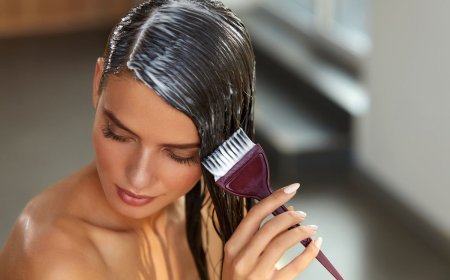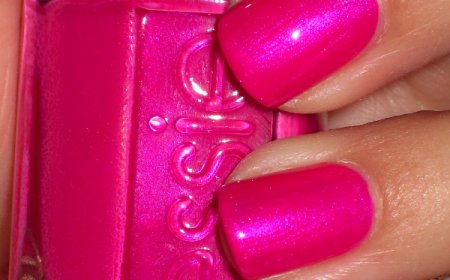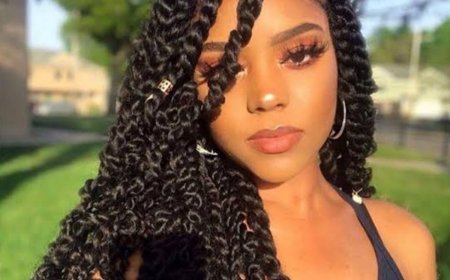Henna-Dyed Red Hair: Tips for Achieving & Maintaining the Perfect Shade

Henna has been cherished across cultures for centuries, celebrated not merely for its aesthetic appeal but also for its multifaceted properties in hair care. With an array of colors at its disposal, henna emerges as a popular choice for individuals seeking to embellish their hair in a riveting shade of red. This article delves into the intricate process of achieving and maintaining henna-dyed red hair, elaborating on preparation techniques, application methods, and aftercare routines.
Understanding the chemistry behind henna is pivotal for anyone contemplating this transformative journey. Henna, derived from the leaves of the Lawsonia inermis plant, undergoes processing to yield a fine powder. The dye molecule responsible for the red pigmentation is called lawsone, which binds to the keratin in hair fibers when applied. Unlike synthetic colors, henna offers a richness and depth that is unparalleled, revealing intricate nuances in various light conditions. Furthermore, for indigo and other natural additives, users can achieve a spectrum of tones, from rich mahogany to vibrant burgundy.
For those eager to illuminate their locks with a striking red hue, a crucial first step is preparation. This phase encompasses both physical and mental readiness for the henna application experience.
Crafting the Perfect Henna Mixture
To attain an optimal henna dye, selecting high-quality, fresh henna powder is paramount. Fresh henna typically presents a rich green hue and exudes an earthy aroma. The quality can deeply influence the resultant color and longevity. After acquiring premium henna, the mixture should be prepared with warm water; this step aids in releasing the dye molecule effectively. Adding additional elements, such as lemon juice or brewed herbal tea, can enhance color richness and reflectivity.
Once the mixture is complete, let it sit for several hours—approximately 6 to 12 hours is recommended—to allow the dye to develop fully. The consistency should be akin to that of yogurt, permitting easy application while ensuring that it adheres to the hair without excessive dripping.
Establishing ideal conditions for application is equally significant. Ensure your strands are clean, devoid of any products or oils. The absence of these barriers guarantees that the henna can penetrate each follicle optimally, facilitating better dye uptake.
Measuring Your Expectations: Understanding Color Outcomes
It is imperative to recognize that the outcome of henna application is influenced by an individual's natural hair color, texture, and porosity. For individuals with lighter hair, the henna will result in a more vivid red shade, while darker strands may yield a more subdued, mahogany undertone. Accordingly, conducting a strand test prior to a full application is prudent. This involves applying henna to a concealed section of hair to evaluate the resulting shade and make any necessary adjustments to the mixture.
The Application Process: Step-by-Step Guide
Once preparation is complete, the focus shifts to application. It is advisable to wear gloves to prevent staining of the skin and nails. Sectioning the hair into smaller parts facilitates an even distribution of the henna mixture. Start with the roots and work your way down each strand, ensuring comprehensive coverage. Clipping the sections in place may prove beneficial during the processing period.
Following application, cover the hair with a shower cap or plastic wrap. This sealing process helps to retain heat and moisture, which enhances dye absorption. The ideal processing time ranges between 1 to 4 hours, depending on how vibrant one wishes the color to be. Longer setting times generally produce more robust results.
Upon completing the processing time, rinse the henna out using water only, avoiding shampoo for the first 24 to 48 hours. This waiting period allows the dye to fully set and develop into the desired hue. It is not uncommon for henna colors to appear more brassy shortly after application, but they will mature into deeper tones over subsequent days.
Maintaining Vibrancy: Aftercare and Tips
Achieving a beautiful henna-dyed red hue is merely the beginning. Prolonging its vibrancy demands attentive aftercare and protective measures.
Avoiding Harsh Chemicals
Once the hair is dyed with henna, it’s crucial to avoid shampoos and conditioners laden with sulfates and harsh chemicals, as these can strip the color and moisture. Instead, opt for gentle, sulfate-free hair care products to preserve the integrity of the color and hair health. Natural oils such as argan or coconut oil can nourish the hair while helping to maintain the vibrancy of the henna color.
Regular Conditioning Treatments
Incorporating regular treatments such as deep conditioning or moisturizing masks can significantly enhance the health of henna-treated hair. These treatments form a protective barrier, keeping the hair nourished and aiding color retention. A combination of essential oils such as rosemary or lavender can also work wonders for scalp health, contributing further to overall hair vitality.
Sun Protection Strategies
Henna-dyed hair can be susceptible to fading under prolonged sun exposure. Implementing protective measures like wearing a hat or using UV protectant sprays can help safeguard against the harmful effects of UV radiation, preserving the luster and richness of the red shade.
Reapplication Guidelines
To maintain vibrancy, reapplication of henna may be necessary every 4 to 6 weeks. Observing your hair's growth and color fade will guide the timing and frequency of reapplications. A consultative approach to assess the condition of your hair during this period can provide insights into necessary adjustments, including whether to modify the dye mixture to accommodate changing hair needs.
Personalization with Mix-ins
Exploration of various botanicals can further empower individuals in their henna journey. For example, combining henna with indigo can craft a different dimension of color, while adding herbs such as amla may bolster moisture retention and enhance the overall health of the hair. Creative experimentation allows for unique personalization in achieving an individualized signature shade.
Exploring Community and Shared Experiences
Engaging with communities, either online or locally, can provide valuable insights and support in the henna journey. Numerous forums and social media groups are dedicated to henna enthusiasts, offering a wealth of knowledge regarding techniques, product recommendations, and caring practices. Documenting experiences through visual platforms not only promotes camaraderie but facilitates the sharing of success stories and challenges.
In conclusion, while the pursuit of henna-dyed red hair may initially seem daunting, with diligent preparation, methodical application, and sustained care, it is attainable. The multifaceted nature of henna allows one to embrace a form of self-expression that transcends mere aesthetics, encapsulating a tradition rich in history, culture, and wellness. As one embarks on this journey, the holistic approach to hair care and experimentation will ultimately yield rewards far beyond a striking hue. Henna is not just a dye; it is a conduit for beauty, health, and individuality.
What's Your Reaction?
 Like
0
Like
0
 Dislike
0
Dislike
0
 Love
0
Love
0
 Funny
0
Funny
0
 Angry
0
Angry
0
 Sad
0
Sad
0
 Wow
0
Wow
0

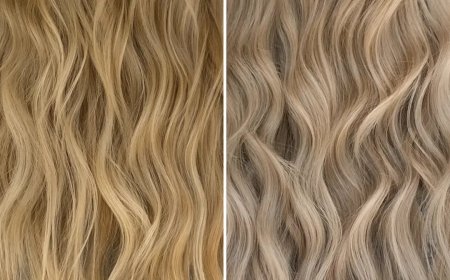
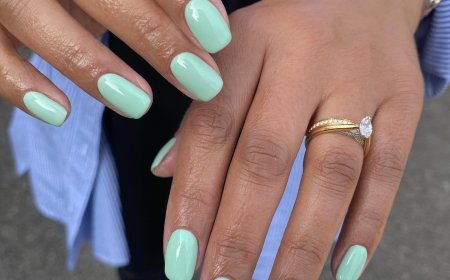
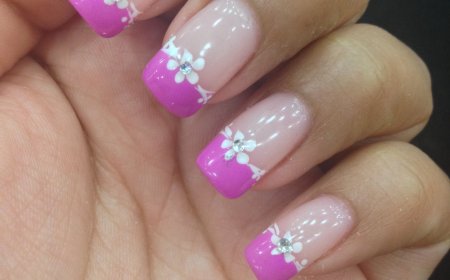

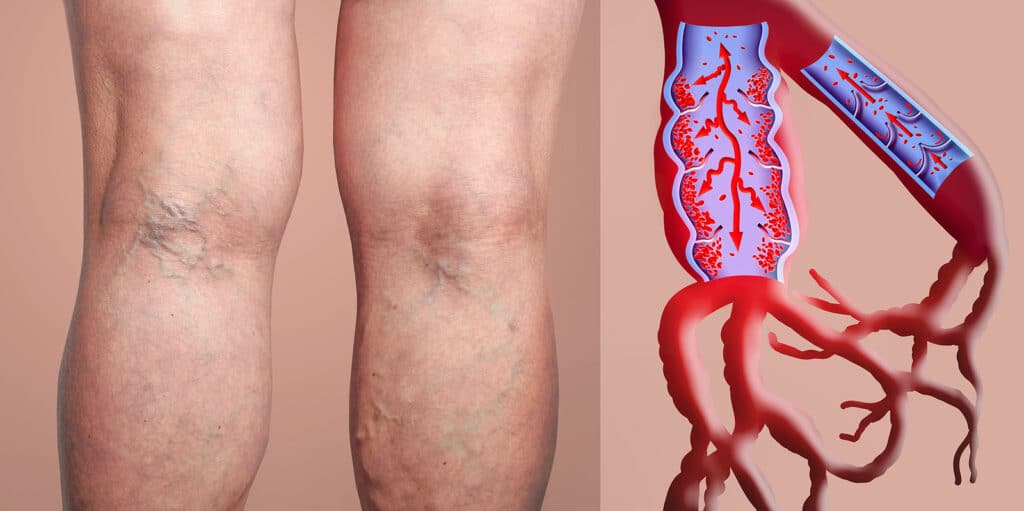



:max_bytes(150000):strip_icc()/drugstore-retinol-creams-tout-f76b9d2796e34eaa8376801c83fb1888.jpg)
